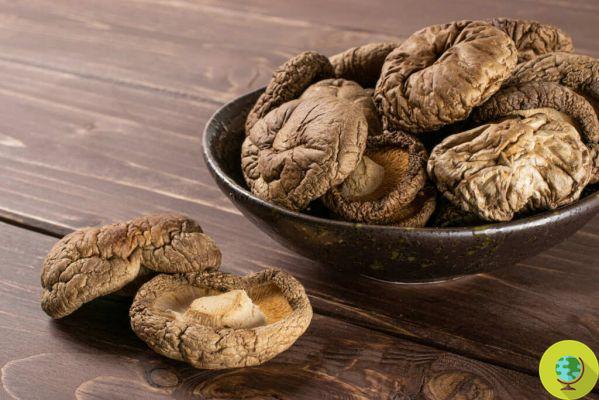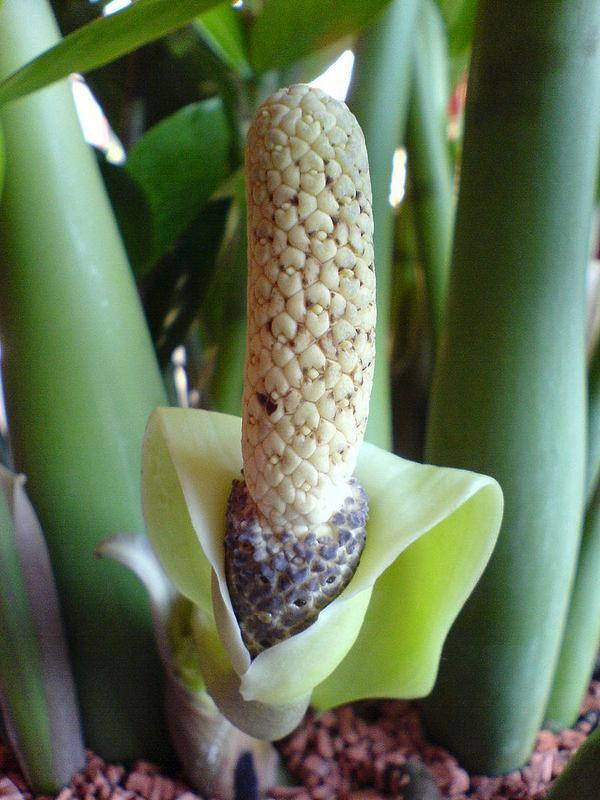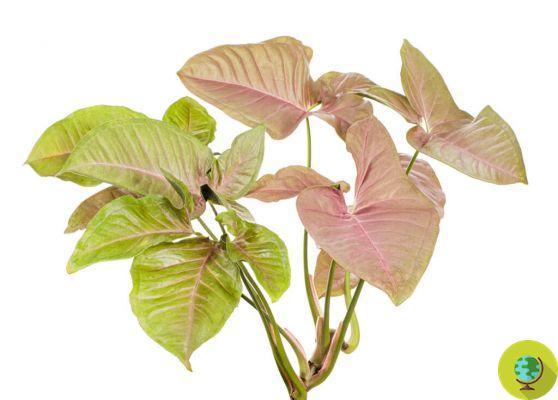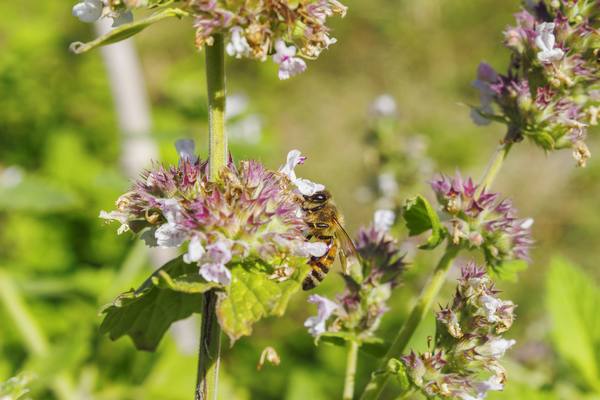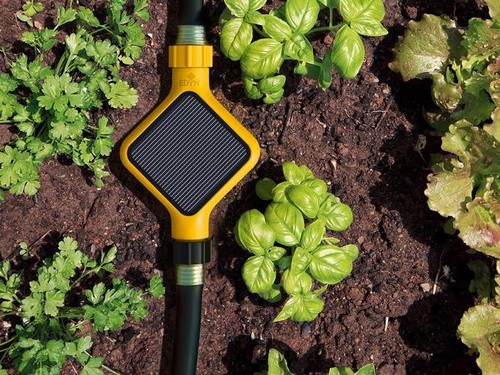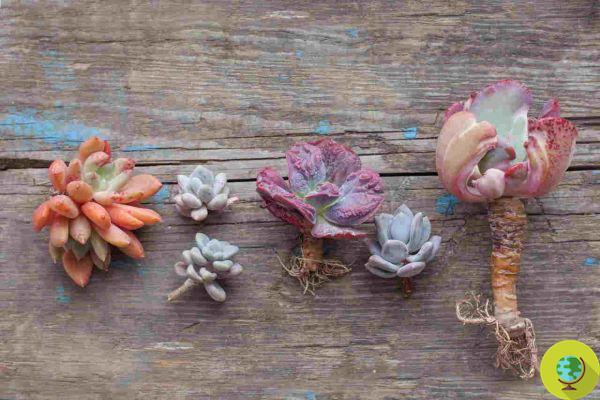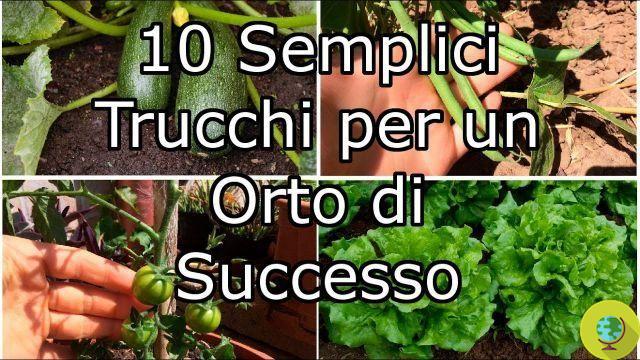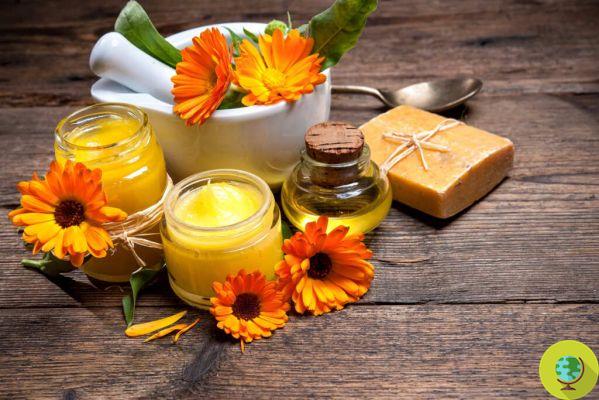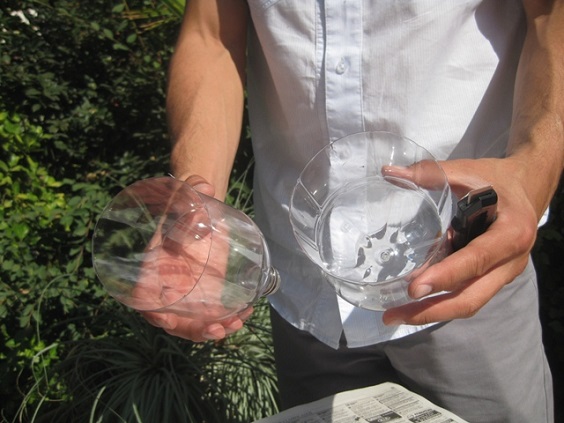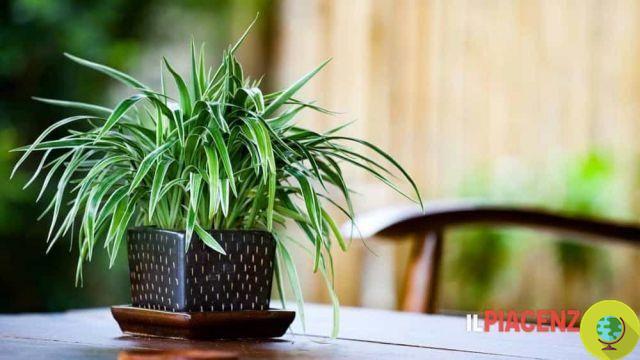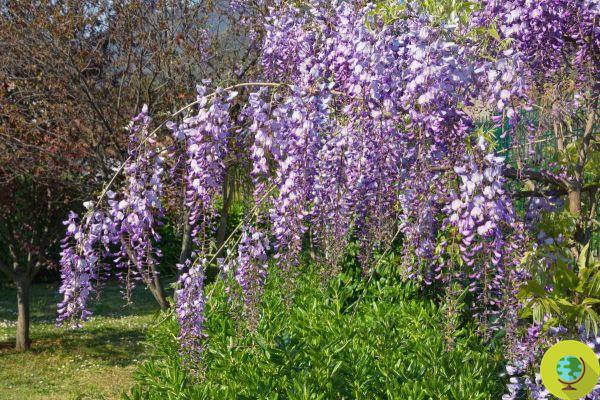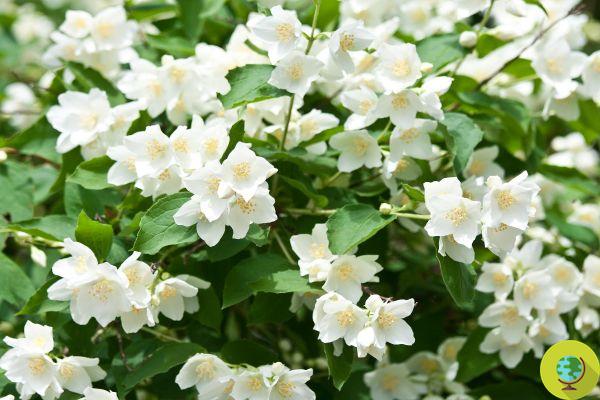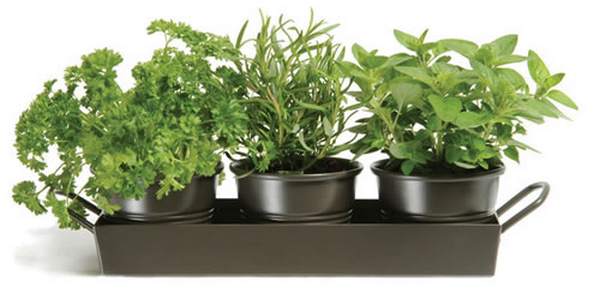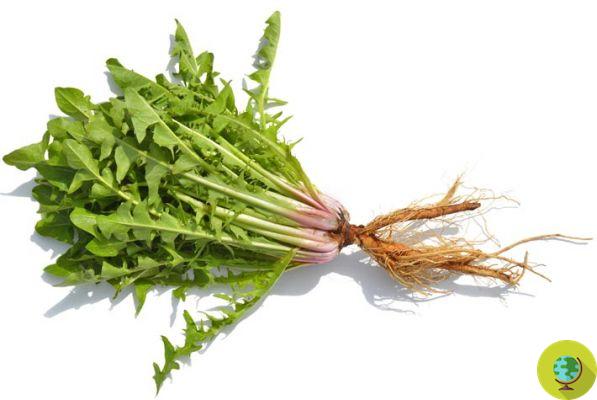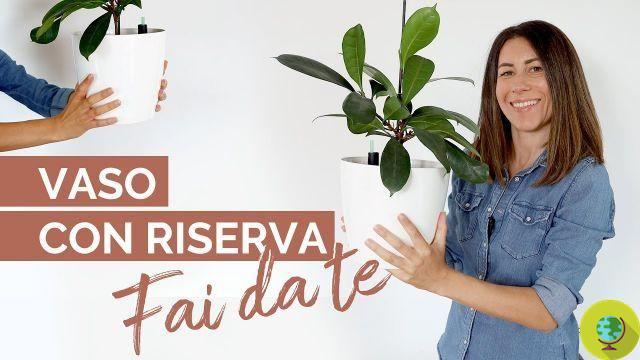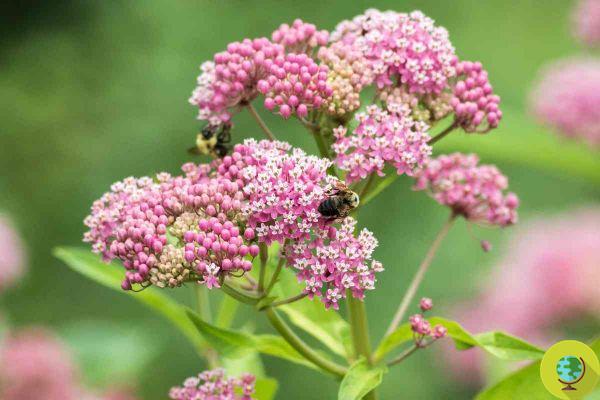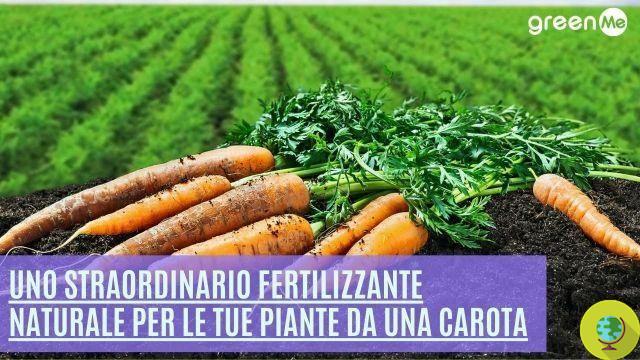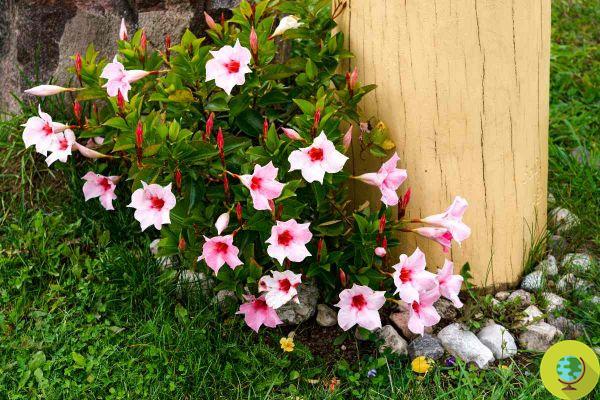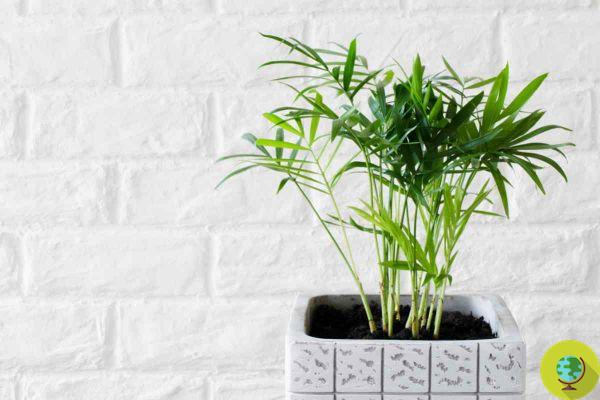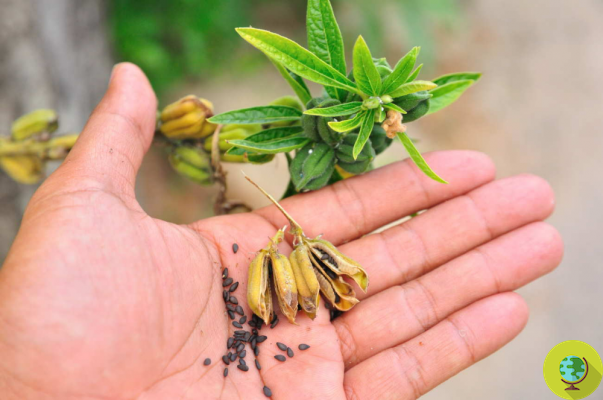
Sesame seeds are readily available in our pantries and can be used for home sowing in pots or in the garden.
He is about to end up run over, his mother saves himSow at no cost using only what we already have in our pantries it is possible. THE Sesame seeds they are readily available in all our kitchens, used to enrich recipes and give a lively touch to breakfasts or salads. But not everyone knows that it is possible to try to plant them to succeed grow your own plants at home, in pots or in the garden from which to obtain other seeds in a totally free way.
Sesame sesame seeds are easy to grow and even easier to harvest. Sesame is a plant that withstands even the driest climates, it is therefore especially adapted to all those novice gardeners who perhaps forget from time to time to water their garden.
There are two types: black sesame seeds and white sesame seeds, the latter much more common and with nutritional properties similar to those of black sesame seeds. They represent one of the main plant sources of calcium, but they are also a source of manganese, zinc and selenium. Their intake is beneficial for the reduction of LDL cholesterol levels in the blood (the so-called "bad cholesterol"), but also for the bones, for the improvement of liver functions or to improve digestion.
So how to grow sesame seeds?
Below are the main steps for growing sesame seeds.
Index
When to plant sesame seeds?
As we have said, sesame seeds are seedlings very resistant to drought e lovers of warm weather. Remember that temperatures below 20 ° C can slow down the growth of seeds while with less than 10 ° C the plant will die. They need approx 100 days to reach maturity, it is therefore advisable to plant them during spring.
How and where to plant sesame seeds?
Initially, it is best to plant sesame seeds in the pots rather than directly in the garden, this will help the seedlings germinate. Remember to keep the earth moist until you see small green shoots starting to sprout from the ground. Sesame, in fact, loves humidity only until germination. With the right temperature, the first shoots should grow later 14 days.
What to do once the seedlings have grown?
When your plants are large enough, transplant them to your garden or vegetable garden, making sure to do so during sunny weeks and not in clayey soils that hold water (as this would kill your plant) or stagnant water. Try to keep more than half a meter away between one plant and another. Remember that each sesame plant produces approx 80-100 seeds per pod, so you will need about 15 plants for a modest harvest.
Before transplanting the plants, you can fertilize the soil to provide sufficient nutrients for the season. Once sprouted, sesame plants will develop roots that go deep to feed, so there is no need for fertilizer. After germination, they need to minimal watering, so don't plant them next to other plants that need water.
How to collect sesame seeds?
Sesame seeds are full of oil, so they need to be dried properly for storage, otherwise they will turn rancid. You can leave them dry in the sun on the plant before harvesting them. When you see that the pod begins to divide and the seeds inside it begin to dry out, you can carefully remove the pod from the plant and lay it on a newspaper. in a warm and dry place. Once the pods are dry, you can remove the seeds.
Follow your Telegram | Instagram | Facebook | TikTok | Youtube
Read also:
- Sesame seeds: properties, uses and where to find them
- How to store seeds from your garden
- 10 free "seeds" that you can find in the fridge or pantry





